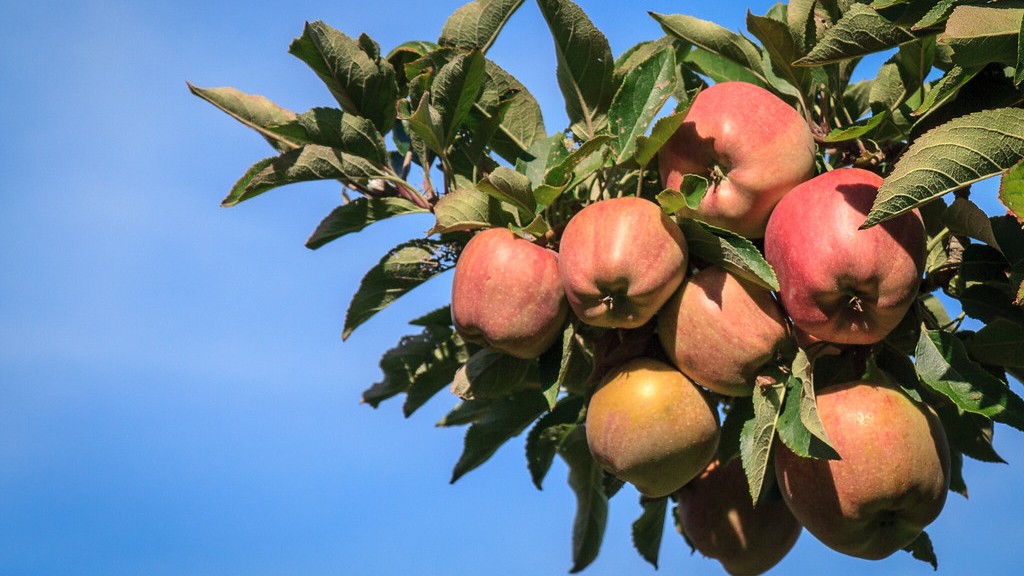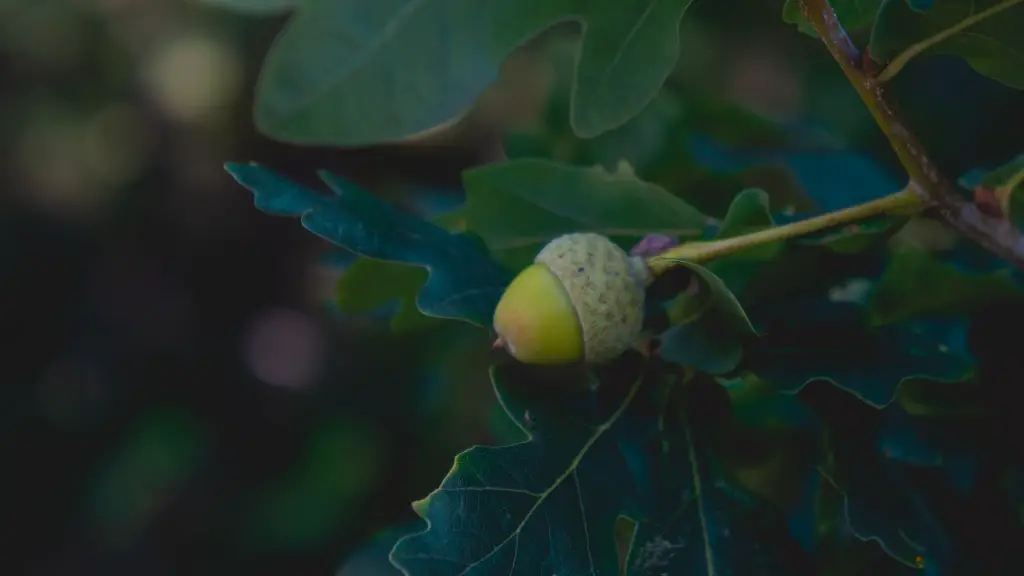Winterizing a potted lemon tree is important to ensure its health and longevity. Lemon trees are typically frost-tender plants that thrive in warm temperatures and require protection in winter months. Here are some tips on how to prepare a potted lemon tree for winter.
First, acclimate the tree to its new environment. When introducing a new lemon tree, it’s best to give it time to adjust to its environment. Place the lemon tree where it has access to one to two hours of direct sunlight in the morning. Provide consistent water and fertilize every two weeks.
Next, pot the lemon tree in an appropriate container. Choose a container that resembles the shape of the root ball and is large enough for the tree to grow. This helps to provide the tree with adequate space for roots to spread out. Also, remember to drill drainage holes in the bottom of the pot.
Third, move the lemon tree to an indoor location. When temperatures reach below fifty degrees Fahrenheit, move the lemon tree indoors. It’s best to put in a spot near a South-facing window where they’ll get plenty of direct sunlight during the day.
Fourth, protect the tree from cold temperatures. Potted lemon trees require extra insulation against the cold. Stack a few bales of straw around the pot to help keep the temperature slightly higher. Additionally, you may use a frost cloth like frostshield row cover to wrap around the lemon tree.
Fifth, maintain regular watering. Providing adequate water is the key to helping a potted lemon tree survive the winter. It’s important to keep the soil moist, but not overly saturated. During periods of heavy frost, reduce the amount of water.
Finally, prune the lemon tree properly. Pruning at the end of autumn helps to encourage new growth come spring. Remove dead, diseased or infested branches, and also damage or cross-branching. For best results, prune branches within 1/4” from the trunk of the tree.
Winterizing the Soil
Soil temperatures in winter can be deadly to lemon tree roots. To ensure that the potted lemon tree is warm and healthy, there are a few things to do when caring for the soil during winter. When winterizing the soil, use mulch, fertilizer, and irrigation.
Fertilize the soil to maintain levels of nitrogen and other essential nutrients that help the tree survive winter. Also use a quality topsoil so that the soil has enough drainage. During wet periods, mulch is key to retaining moisture in the soil.
Keep an eye on the soil moisture levels. Water the soil regularly to prevent dehydration. When the soil begins to dry out, it won’t hold warm air and, in turn, affect the temperature around the tree’s roots.
Monitor soil temperatures. During winter months, soil temperatures must remain above 45° F. If the soil temperature falls to 35° F, this can cause irreparable damage to the roots. If the soil is too cold, water and fertilize to increase the temperature.
Finally, use an irrigation system to control water levels in the soil. Install an irrigation system to help keep the soil moist, instead of relying on manual watering. This helps to ensure that water has penetrated the soil before it starts to freeze.
Providing Shade
In winter months, it’s important to protect potted lemon trees from too much direct sunlight. While the tree needs some sunlight, too much can be damaging. Cover young trees with frost cloth or other plant covers. Trap warmth inside by layering material on the south side of the tree.
It’s important to leave the sides open to ensure proper air circulation. Open the covering occasionally to allow necessary light and air to reach the tree.
Be aware of the intensity of the sun. Place potted lemon trees in shadier spots if necessary. Too much direct sunlight will cause stress and dry out the soil, which can lead to root damage.
Also, remember to check the tree moisture levels. Check the level of moisture each day and adjust the amount of time the tree is covered. Water the lemon tree if it’s dry, as this helps to prevent cold damage.
Taking the time to keep an eye on the tree will help the lemon tree stay healthy and strong throughout the winter.
Providing Shelter from the Wind
Wind is another factor that can damage potted lemon trees during winter. Winds can be harsh and can cause significant damage to a tree. For this reason, it’s important to provide shelter from the wind.
First, check for exposed routes when potted lemon trees are moved indoors. If a tree is placed near an open window or door, this can cause the cold wind to enter the room and damage the tree.
Also, use wind barriers like screens or fabric covers to block strong winds. Place these barriers around the outside of the lemon tree to prevent wind and frost damage.
Finally, prune the tree. Trim branches that are exposed to the wind, as these can be most susceptible to damage. When pruning, leave enough of the branch in order to protect the tree from the wind.
When potted lemon trees are exposed to cold winds and temperatures, it can be damaging and life-threatening. Taking precautions and providing shelter from the wind is essential to winterizing a potted lemon tree.
Winterizing the Potted Lemon Tree Location
When it comes to winterizing a potted lemon tree, location is key. Provide a cool, but not too cold spot for the tree. If the location is too cold, the tree can suffer from frost or freeze damage. But if the location is too warm, it can damage the lemon tree too.
First, choose the right location indoors. It’s best to keep the potted lemon tree away from warm areas, like radiators, vents, and fireplaces. Ideally, you should place it near a cool, dry window where it will get one to two hours of direct sunlight every day.
Also, be sure to check the temperature levels. Temperature should not go too low or too high. Monitor temperatures by using a thermometer and make adjustments as necessary. Make sure temperatures stay consistent during winter months.
Finally, monitor the humidity levels around the tree throughout winter. Lemon trees require high levels of humidity, especially during the winter. Increase the humidity levels by misting the leaves once or twice a week, or by placing a humidifier nearby.
By following these tips, you can successfully winterize a potted lemon tree and help it survive the cold months.
Pruning to Control Vigor and Size
Pruning a potted lemon tree is essential for proper growth and development. Pruning helps to control vigor, overall size, and promotes new growth in the spring. Here are some tips on pruning a lemon tree.
First, remove dead, decaying, or diseased branches. Prune away any item which may cause harm to the other branches and leaves. This helps to strengthen the tree and prevents further damage.
Next, make sure to prune away any branches that cross over or rub the other branches. Branches that cross could create weak parts of the tree, leading to injury and decline in health.
Also, thin out overly dense parts of the tree. Pruning out some branches gives the tree a nice open shape and allows for more even light distribution. This helps to protect the tree from too much sun exposure and cold temperatures.
Finally, it’s important to use proper tools when pruning. It is recommended to use sharp, clean pruning shears as this helps to create clean cuts and prevents infection. Prune shorter branches back to 1/4” of the main trunk.
Pruning a potted lemon tree will help to promote healthy growth come spring. By following these steps and using the proper tools and techniques, you’ll be able to successfully winterize a potted lemon tree.




